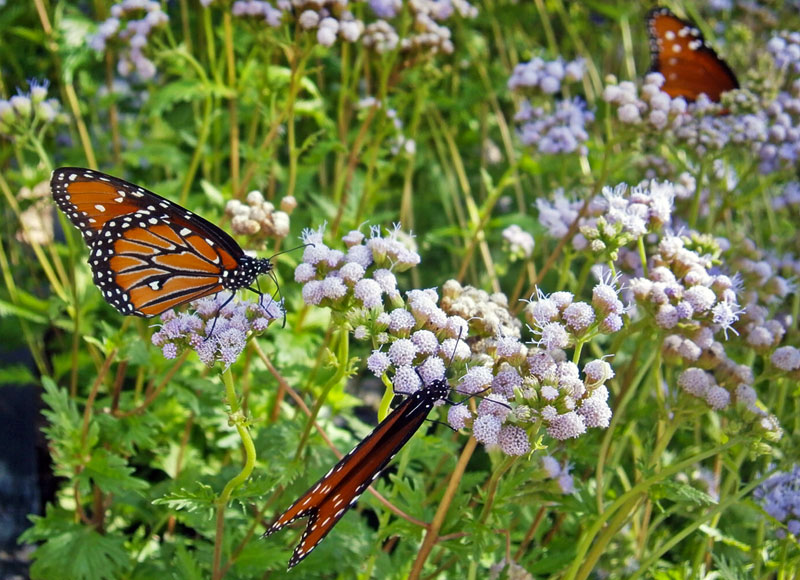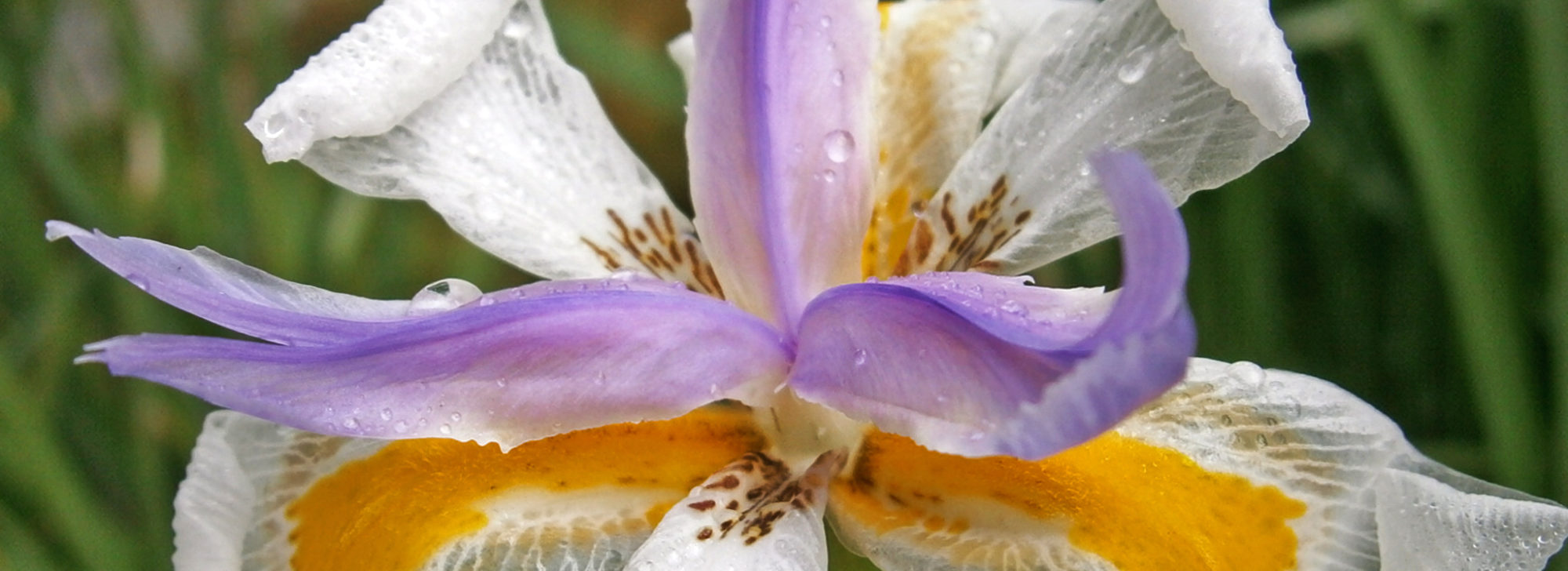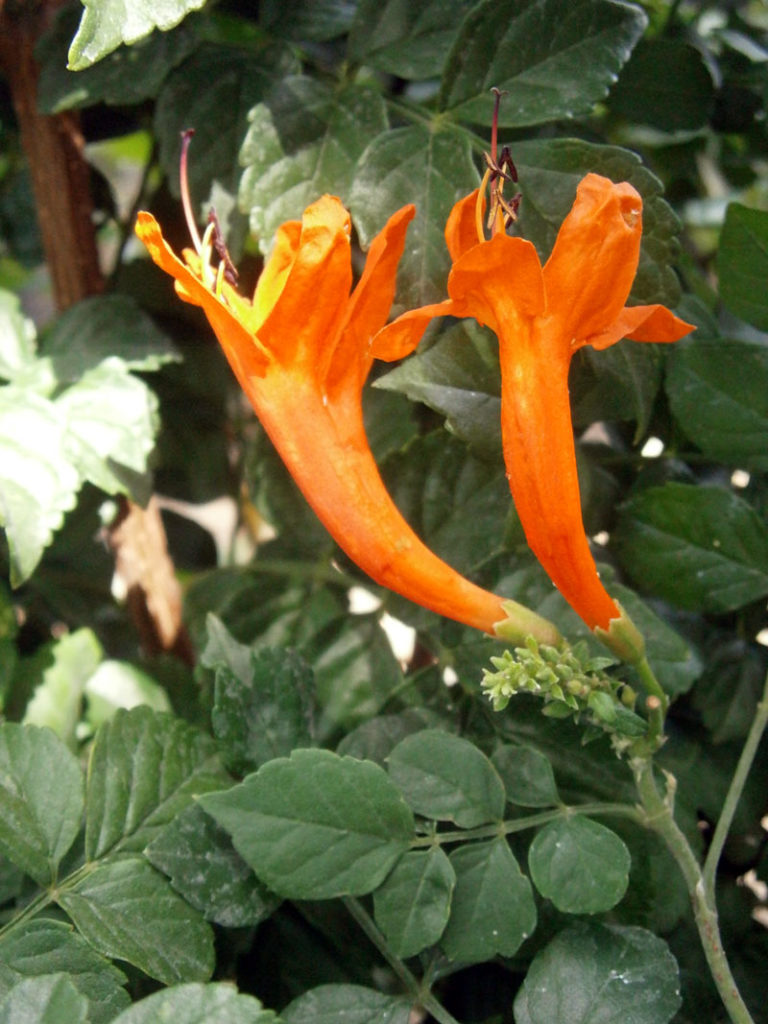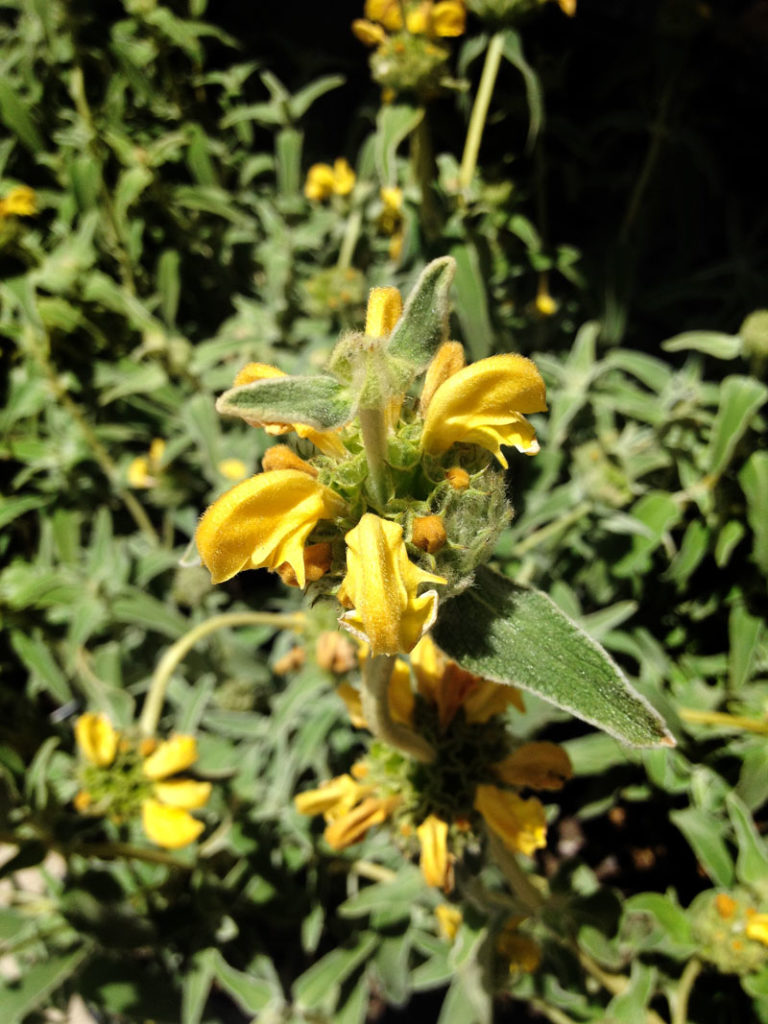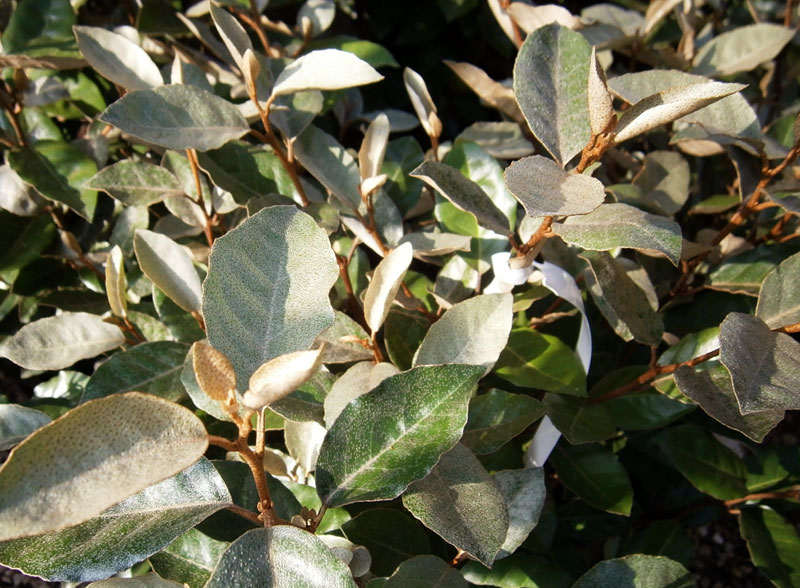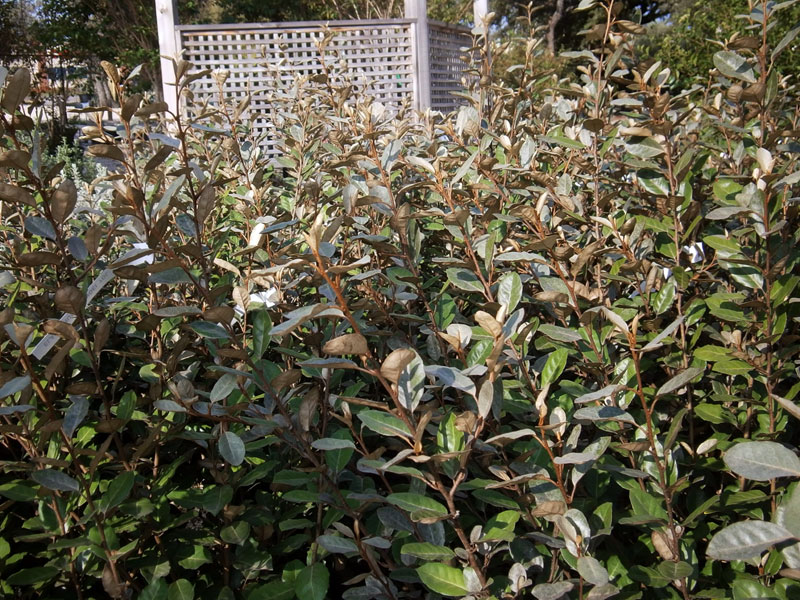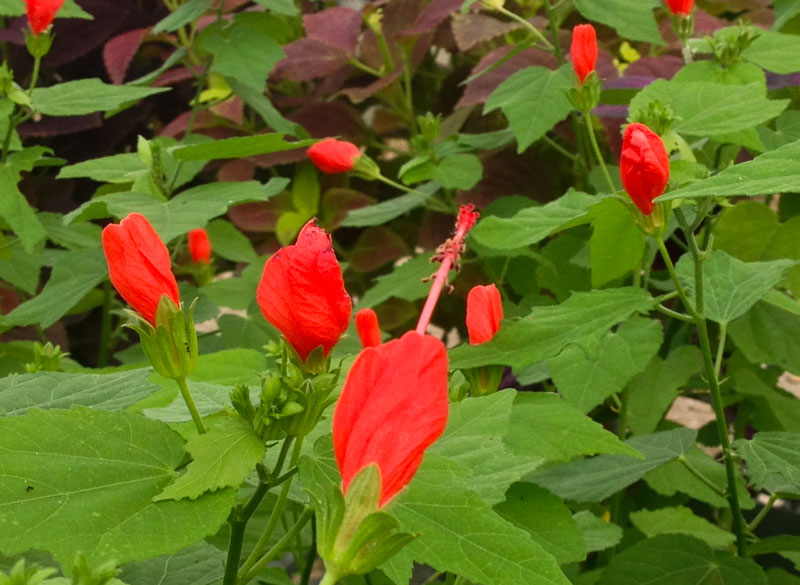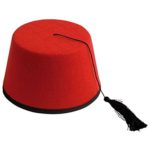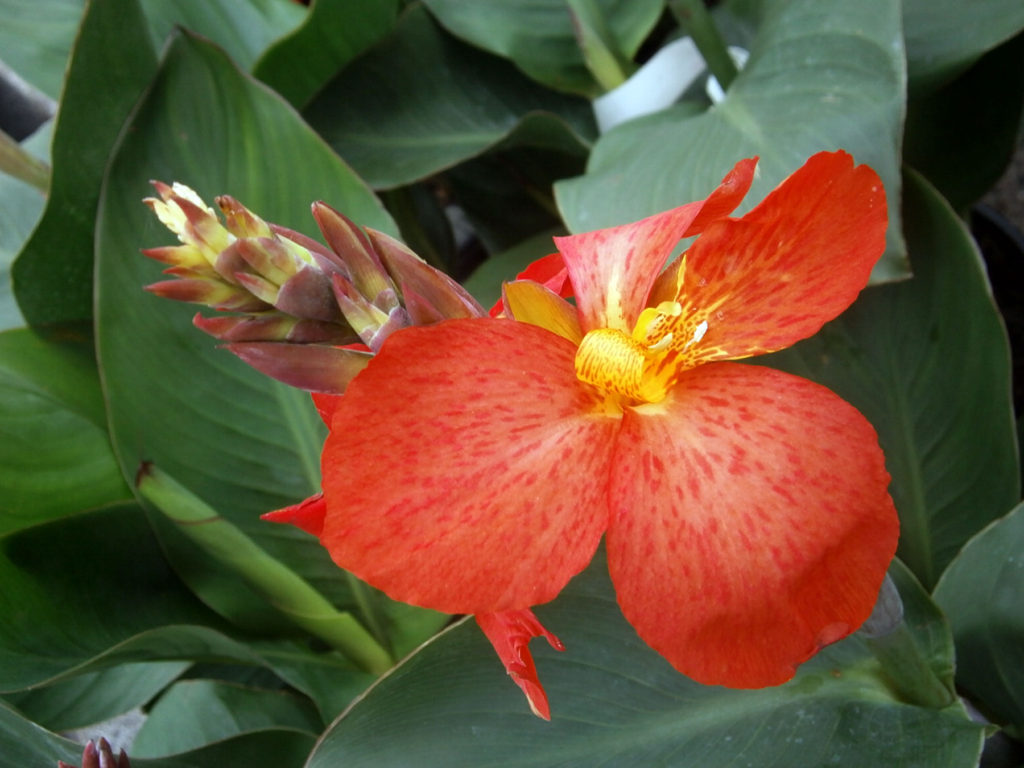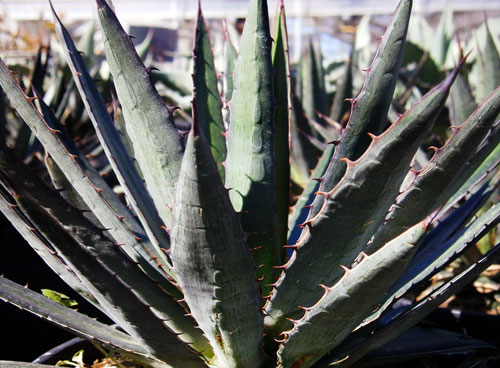Artemisia
February Plant of the Month
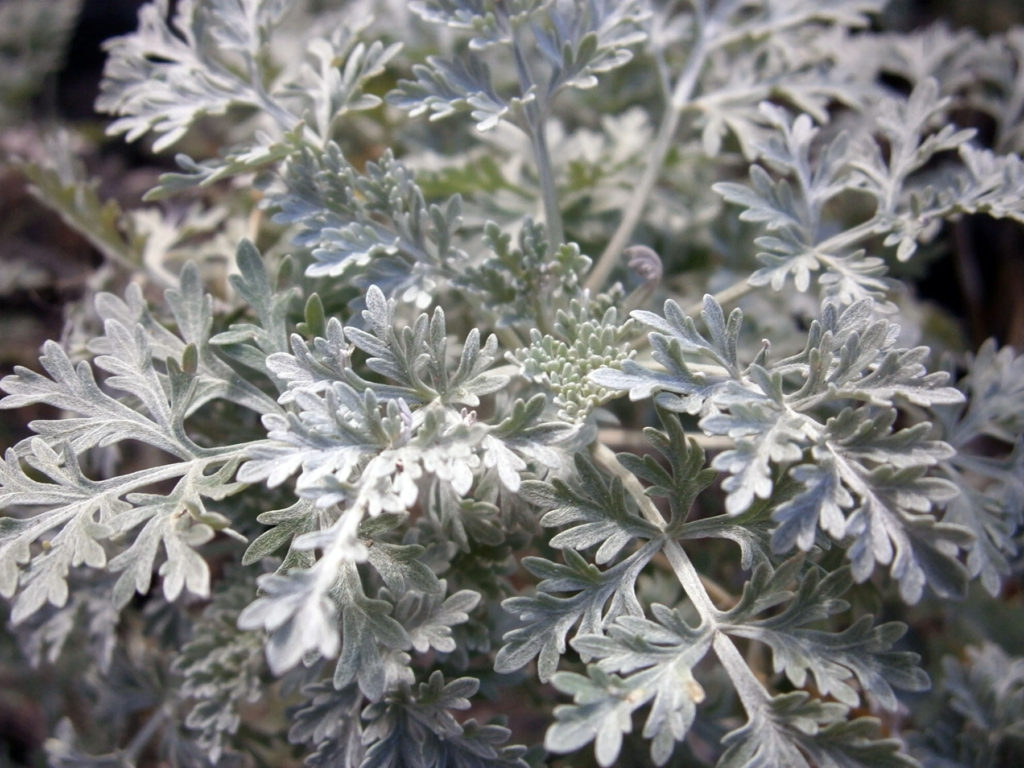 Oh Artemisia , how do we love thee? Let us count the ways. Artemisia is a silvery, aromatic evergreen perennial grown for its ornamental, culinary and medicinal properties. Run your hands through it and you'll experience its signature scent. While it might not be the most romantic plant we carry, it's easy going, yet tough and will surprise you in many ways!
Oh Artemisia , how do we love thee? Let us count the ways. Artemisia is a silvery, aromatic evergreen perennial grown for its ornamental, culinary and medicinal properties. Run your hands through it and you'll experience its signature scent. While it might not be the most romantic plant we carry, it's easy going, yet tough and will surprise you in many ways!
How to Grow
This perennial is easily identified by its striking gray, feathery foliage. It almost looks like the top of a carrot. Although it does make small yellow flowers, they are not very showy. Actually, clipping them off will encourage better foliage growth. Pruning regularly will keep them nice and compact.
There are several different varieties of Artemesia. It's also known as Wormwood, Mugwort and Sagebrush. If it reminds you of Dusty Miller, it's because they're related! Some of the most popular varieties are Powis Castle, Silver Mound or Silver King. Most varieties will grow 1-3 feet tall and wide.
Give Artemisia a sunny spot to grow with well drained soil. In fact, it hates wet soil. It's very heat and drought tolerant, thriving in the middle of summer when others start to give up. They will also grow in partial shade, although they will probably get a little leggy from trying to reach the sun!
More than Meets the Eye
Artemisia has very few pest problems when taken care of properly. In fact, those who raise chickens like it because the aromatic foliage makes a pretty good insect repellent for the birds! For the same reason, it's also not appealing to deer. YASSS! It has cullinary and medicinal properties for us humans. Different varieties are better for different things. Check out this article if you want to learn more about that. And always do your homework before ingesting anything!
In the Landscape
Artemisia is versatile and looks great in containers, rock gardens or in the landscape. Plant it as a border or mix it with shrubs like Loropetalum or Nandina. Put it in your moon garden, white or gray garden, alongside pastel flowering plants or against the bright green of mints or grasses. It's color and texture can really break up a plain ol' flower bed.
With all of its great qualities, why not give this one a chance? Here at The Garden Center, we have a few on hand and will continue to carry them in the coming spring season. Make Artemisia your gardening Valentine this year!
Save
Save
Save
Save
